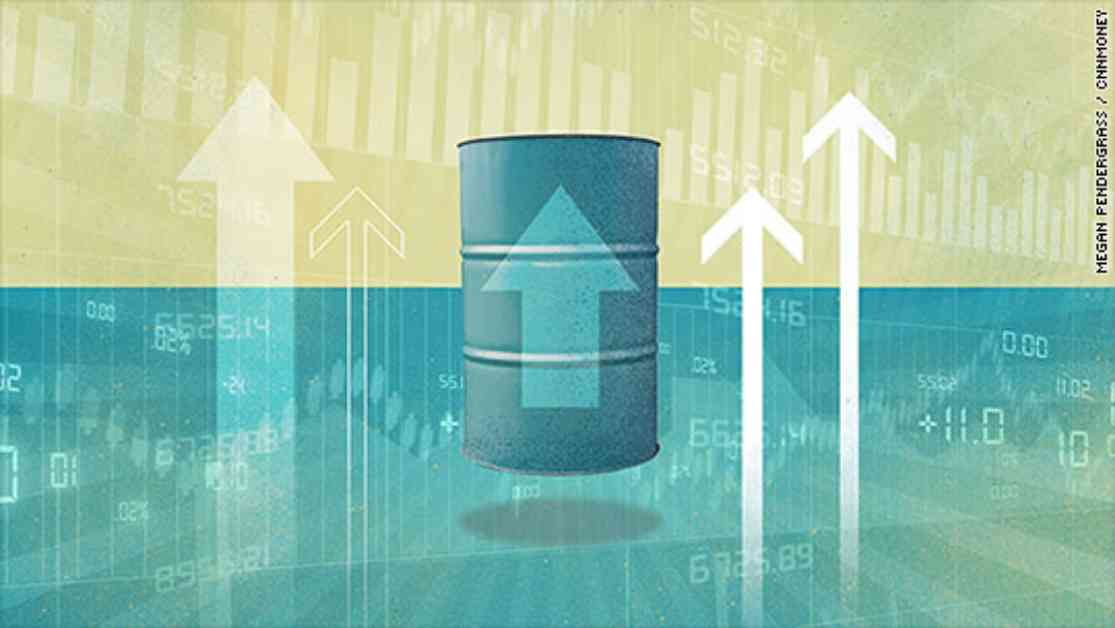Oil prices have doubled in the market, reaching $53.50 per barrel, thanks to the efforts of major oil producers like OPEC. The price collapse that occurred in 2016 led to OPEC devising a plan to boost prices by slashing production. This decision was made after months of oversupply, slowing demand from China, and the lifting of Iran’s nuclear sanctions by Western powers. The OPEC deal for major production cuts in November, along with the involvement of non-OPEC producers like Russia and Mexico, has significantly contributed to the increase in oil prices.
Despite the success of the OPEC deal, analysts are cautious about predicting further price increases. American shale producers may return to the market due to higher oil prices, potentially leading to more supply and putting pressure on OPEC once again. The increase in U.S. crude stockpiles in January, along with the rise in active oil rigs, indicates the possibility of increased competition in the market.
However, the strong demand for oil, driven by economic growth, higher vehicle sales, and colder weather, suggests that the global oil glut that has been affecting markets for years may finally disappear in 2017 if OPEC continues to comply with its production cuts. The optimism among investors, who have been betting on higher prices, is also contributing to the positive momentum in the oil market.
While the future of oil prices remains uncertain, the collaboration among major oil producers and the positive outlook for global demand indicate a more stable and potentially profitable market for the oil industry. As the dynamics of the oil market continue to evolve, it will be crucial for both producers and consumers to adapt to the changing landscape and make informed decisions to navigate the challenges and opportunities that lie ahead.

















